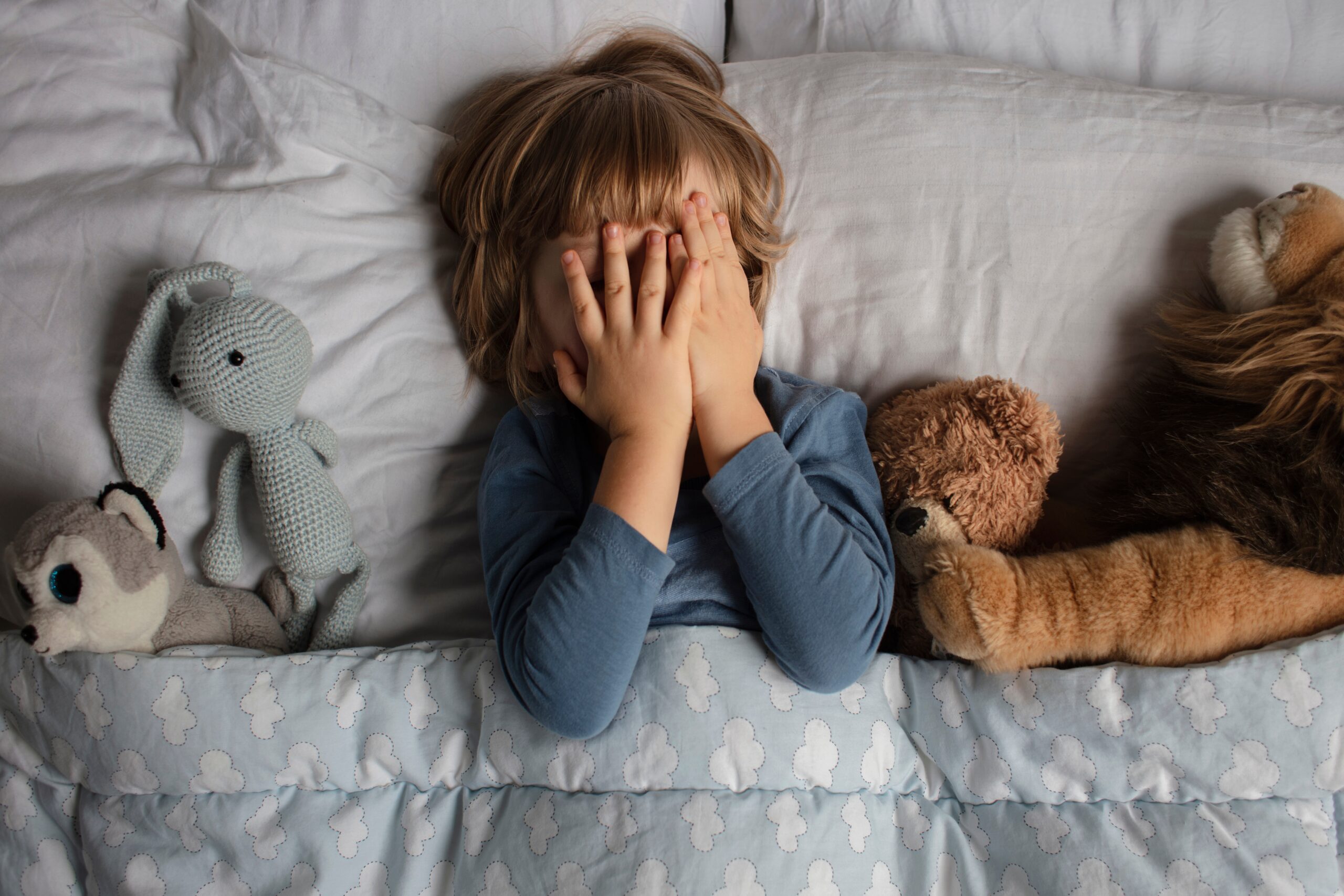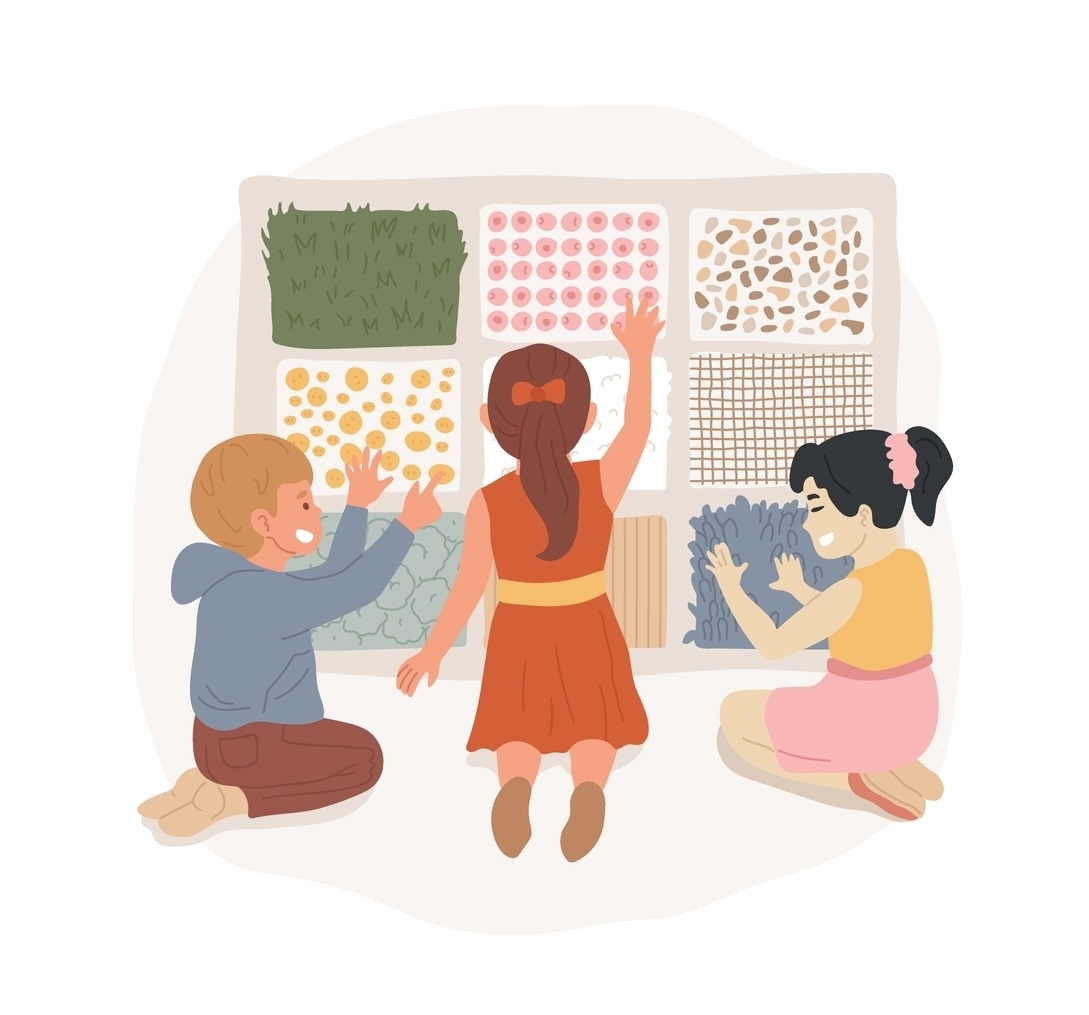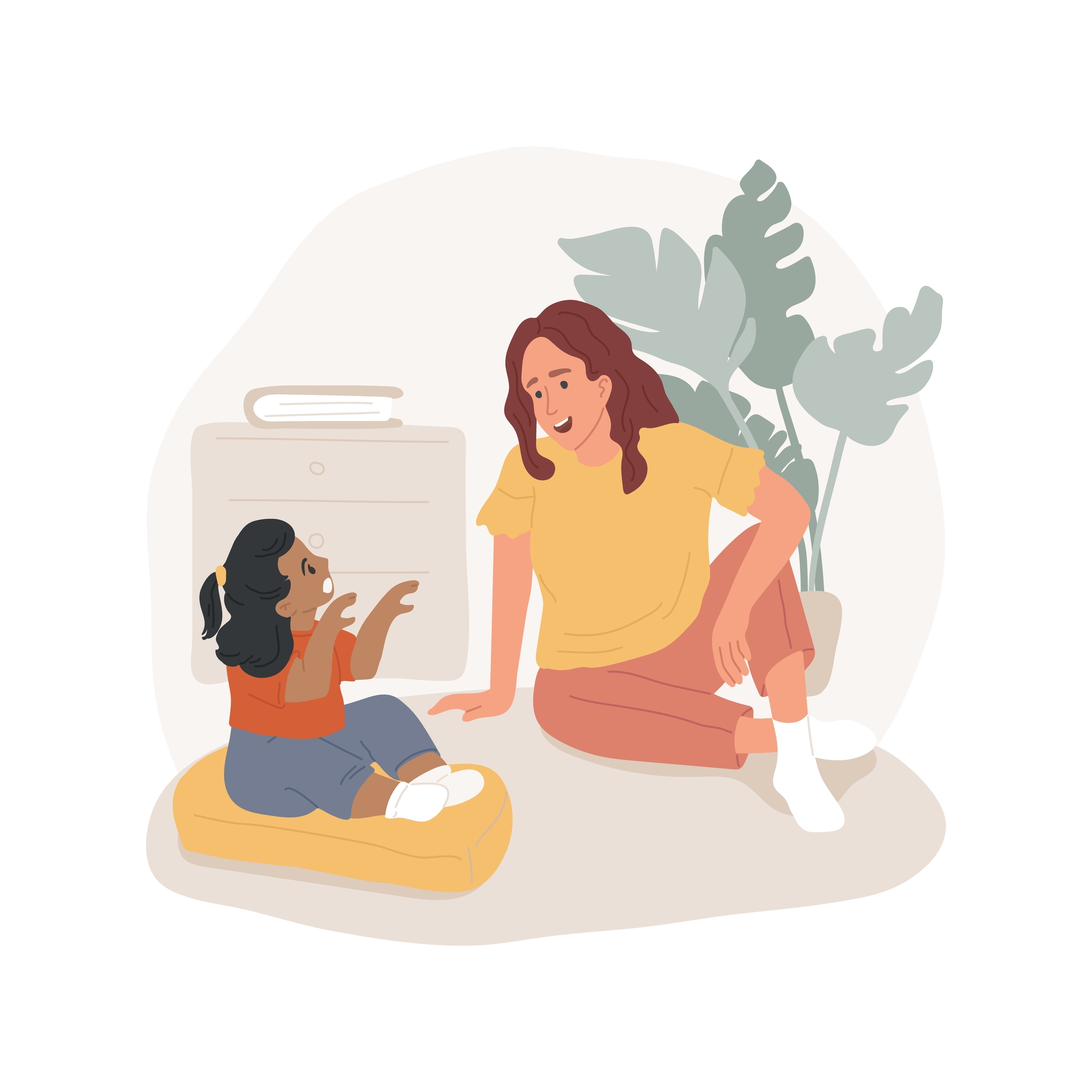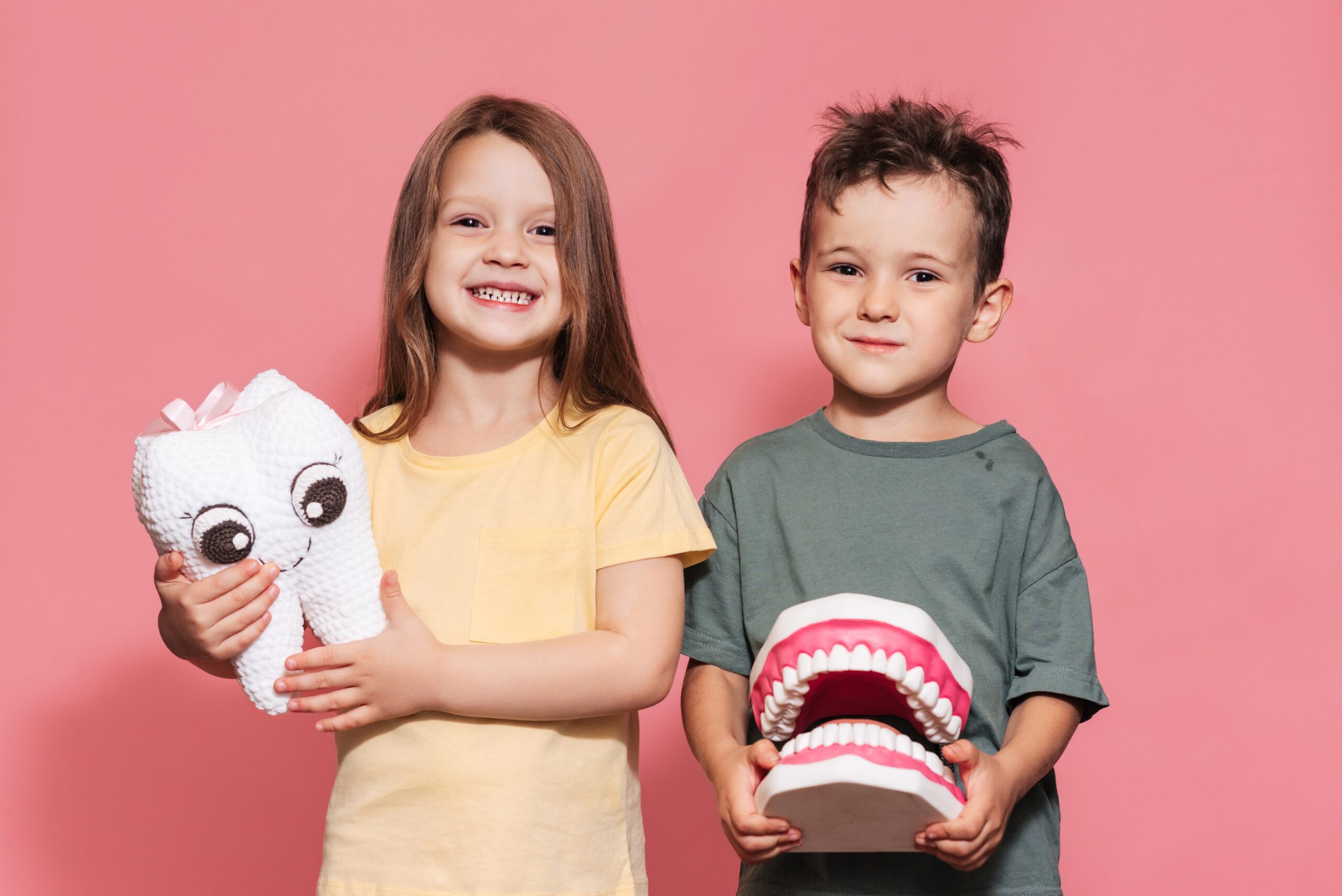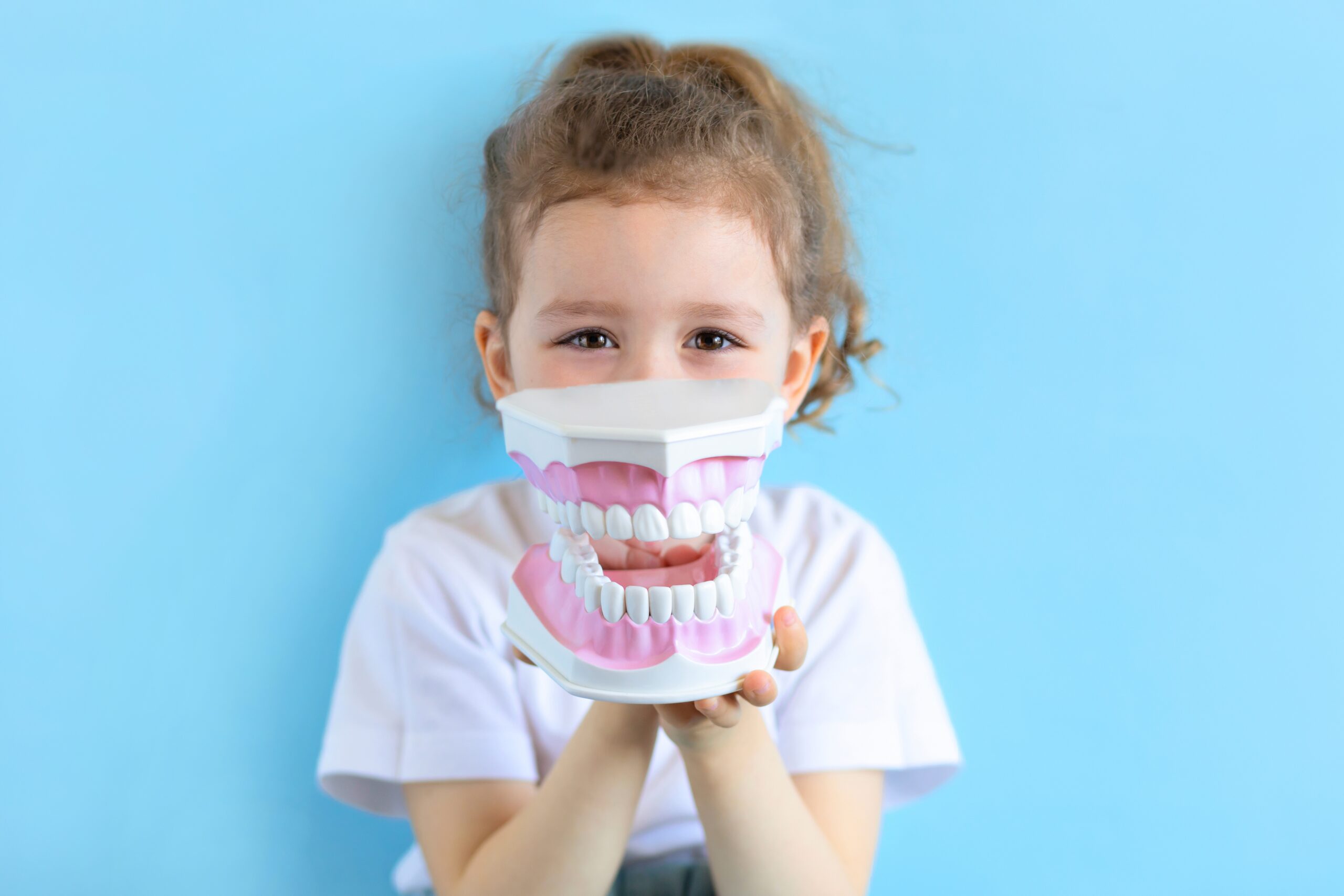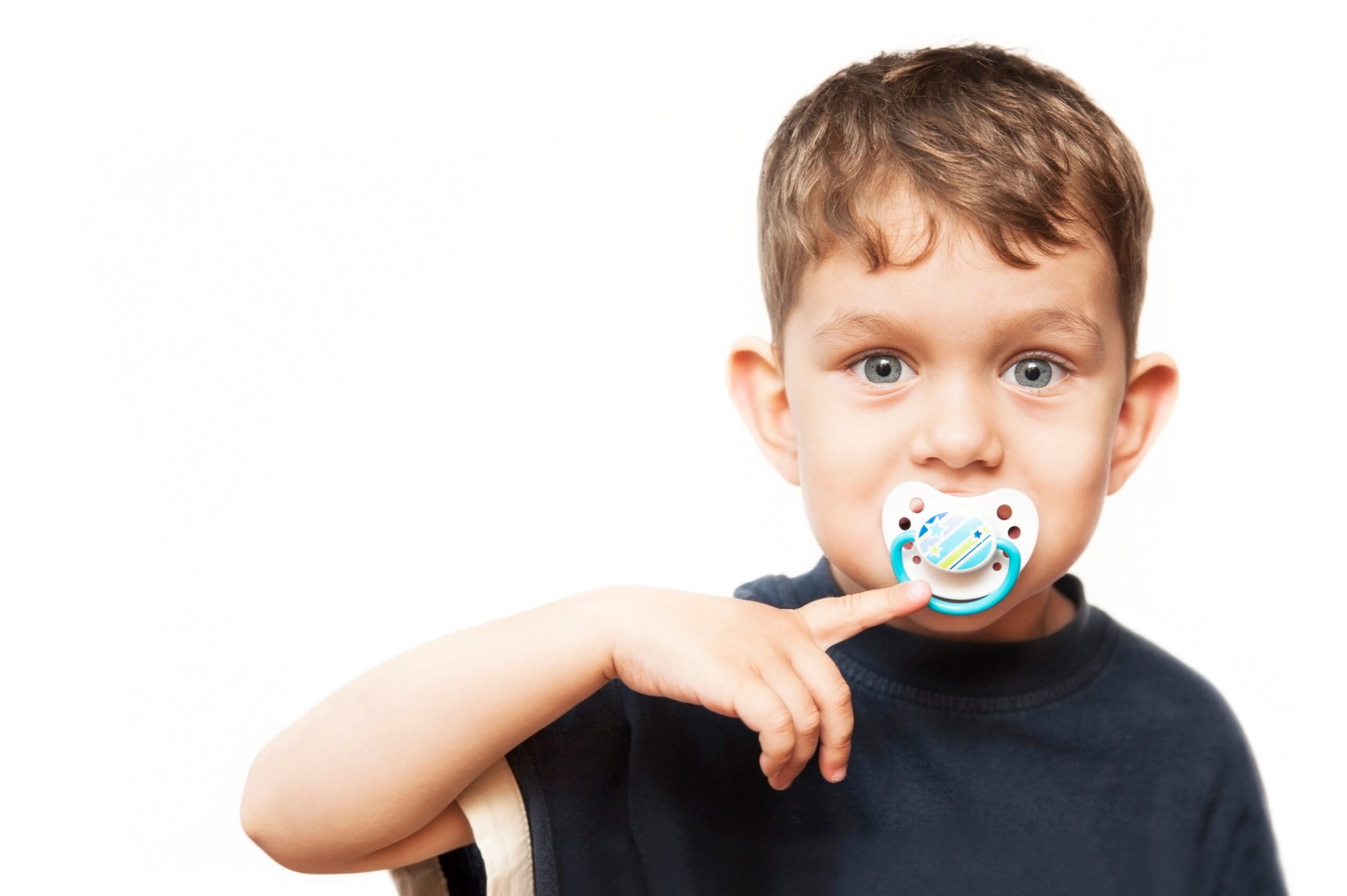
Blog
How Dental Alignment Affects Chewing and Swallowing in Children
Author: DrSensory
June 11, 2025
How Dental Alignment Affects Chewing and Swallowing in Children
Proper dental alignment is about more than just a straight smile—it’s essential for how your child chews, swallows, and speaks. Many parents are unaware that bite issues can lead to oral-motor delays, digestive discomfort, and even speech challenges.
In this article, we’ll explain how your child’s bite affects their overall function, signs of alignment issues, and how early intervention can support proper oral development.
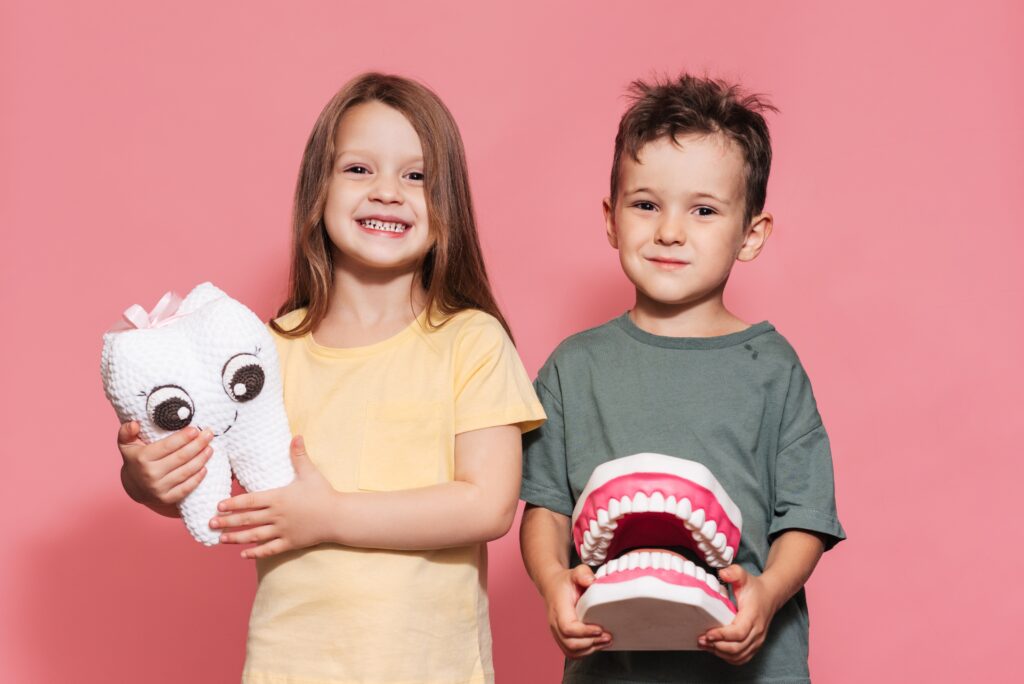
Why a Functional Bite Is About More Than Straight Teeth
What Is a Functional Bite?
A functional bite refers to how the upper and lower teeth come together during chewing and swallowing. Even if a child’s teeth appear straight, they may still have an improper bite, known as malocclusion.
Common Types of Malocclusion:
Overbite – upper front teeth extend too far forward
Underbite – lower teeth protrude beyond upper teeth
Crossbite – misalignment of upper and lower teeth when biting down
Open bite – front teeth don’t touch when back teeth are together
How Misalignment Affects Chewing and Swallowing
1. Chewing Efficiency Decreases
Misaligned teeth make it harder to break food down properly. This can result in:
Incomplete chewing
Difficulty with harder textures
Gagging or choking on food
Poor digestion from swallowing larger food particles
2. Swallowing Becomes Difficult or Atypical
Children may develop improper swallowing patterns, such as:
Tongue thrusting (tongue pushes forward during swallowing)
Swallowing with lips open
Delayed coordination of the jaw and tongue
3. Jaw Strain and Muscle Fatigue
If a child has to work harder to chew or speak due to alignment issues, it can lead to:
Jaw pain
Fatigue during meals
Avoidance of chewy foods
Mouth breathing or tongue postural issues
Can TMJ Issues Start in Childhood? Early Symptoms to Watch For
The Link Between Bite, Feeding, and Development
A misaligned bite can lead to oral-motor feeding challenges, especially in children with sensory sensitivities or delayed oral development. Some children may become picky eaters or avoid certain textures due to discomfort.
Promoting Oral Motor Development for Speech and Feeding
Delayed Speech in Children: Causes, Signs, and Therapy Options
How Dental Alignment Affects Chewing and Swallowing in Children
Interventions for Oral-Motor Feeding Challenges
Early identification and correction of bite issues can improve your child’s chewing and swallowing abilities. Here’s how:
1. Orthodontic Treatment (Braces or Aligners)
Gradually shifts teeth and jaws into proper alignment
Enhances bite function and chewing efficiency
May prevent future TMJ issues or speech delays
2. Myofunctional Therapy
Targets tongue, lips, and jaw function
Improves swallowing coordination
Helps retrain mouth muscles for better oral habits
3. Jaw and Facial Muscle Exercises
Eases muscle tension and strain
Improves bite closure and muscle endurance
Especially helpful for kids who fatigue while eating
The Link Between Tongue Posture and Jaw Development in Kids
When to See a Pediatric Dentist or Orthodontist
Signs your child may need an evaluation:
Chews only on one side of the mouth
Avoids chewy or textured foods
Frequently chokes, gags, or drools
Has a visible overbite, underbite, or crooked teeth
Struggles with speech clarity or articulation
A pediatric dentist or orthodontist trained in functional dental development can assess whether your child’s bite is impacting their oral-motor skills.
How Dental Alignment Affects Chewing and Swallowing in Children
Typical Milestones in Speech and Language Development for Birth to Seven
Supporting Your Child’s Oral Development at Home
Encourage chewing a variety of textures (age-appropriate)
Practice blowing bubbles, using straws, or chewing resistive foods
Watch for signs of fatigue during meals
Monitor your child’s jaw alignment and posture
A Healthy Bite Supports More Than a Smile
Dental alignment affects much more than appearance—it plays a critical role in your child’s ability to eat, speak, and grow confidently. By identifying bite or alignment concerns early, you can help prevent feeding struggles and support stronger oral function.
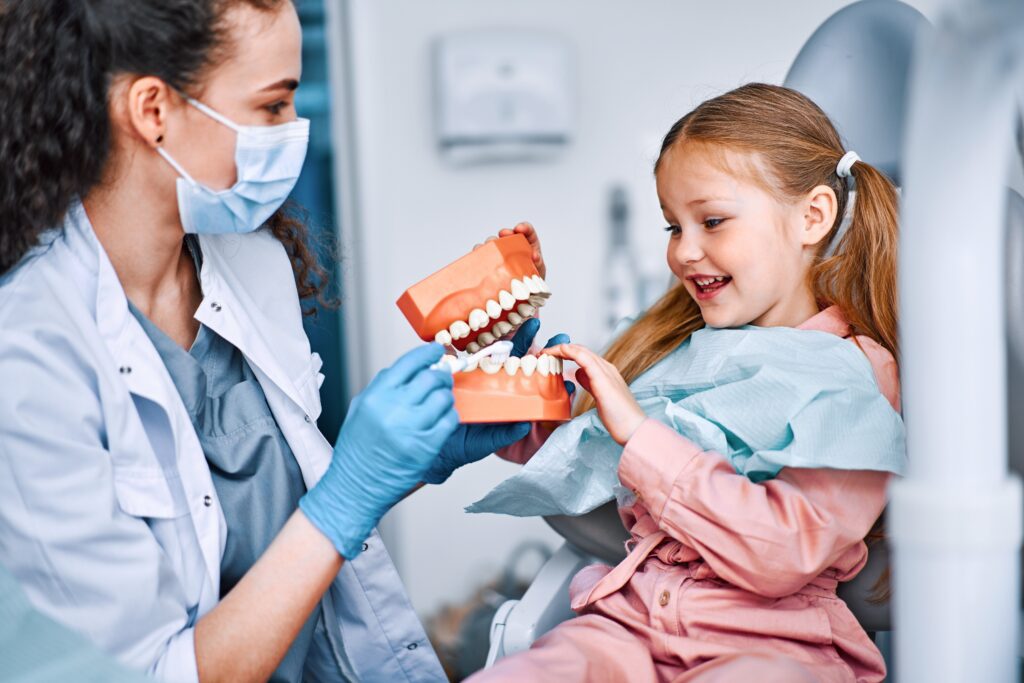
Frequently Asked Questions
Is it normal for my child to chew unevenly or only on one side?
No, this can indicate an uneven bite or muscle imbalance. A pediatric dentist should evaluate this behavior.
Can bad dental alignment cause feeding issues in toddlers?
Yes. Bite problems can interfere with chewing and swallowing, leading to picky eating or oral aversions.
When should I take my child to an orthodontist?
The American Association of Orthodontists recommends a check-up by age 7, even if there are no obvious problems.
related blogs
Your child is constantly moving, crashing into furniture, or having meltdowns in response to seemingly minor things like a loud
Your toddler refuses to wear certain clothes, has huge meltdowns in noisy places, or is an extremely picky eater, limited
Your child seems to miss verbal instructions, struggles to follow conversations in noisy environments, and often asks "what?" even when
On the surface, autism and Ehlers-Danlos syndrome (EDS) might seem like two entirely unrelated conditions. One is a neurodevelopmental condition
The intense head pain begins, lights feel blindingly bright, and every sound seems amplified to an unbearable level. You retreat



































